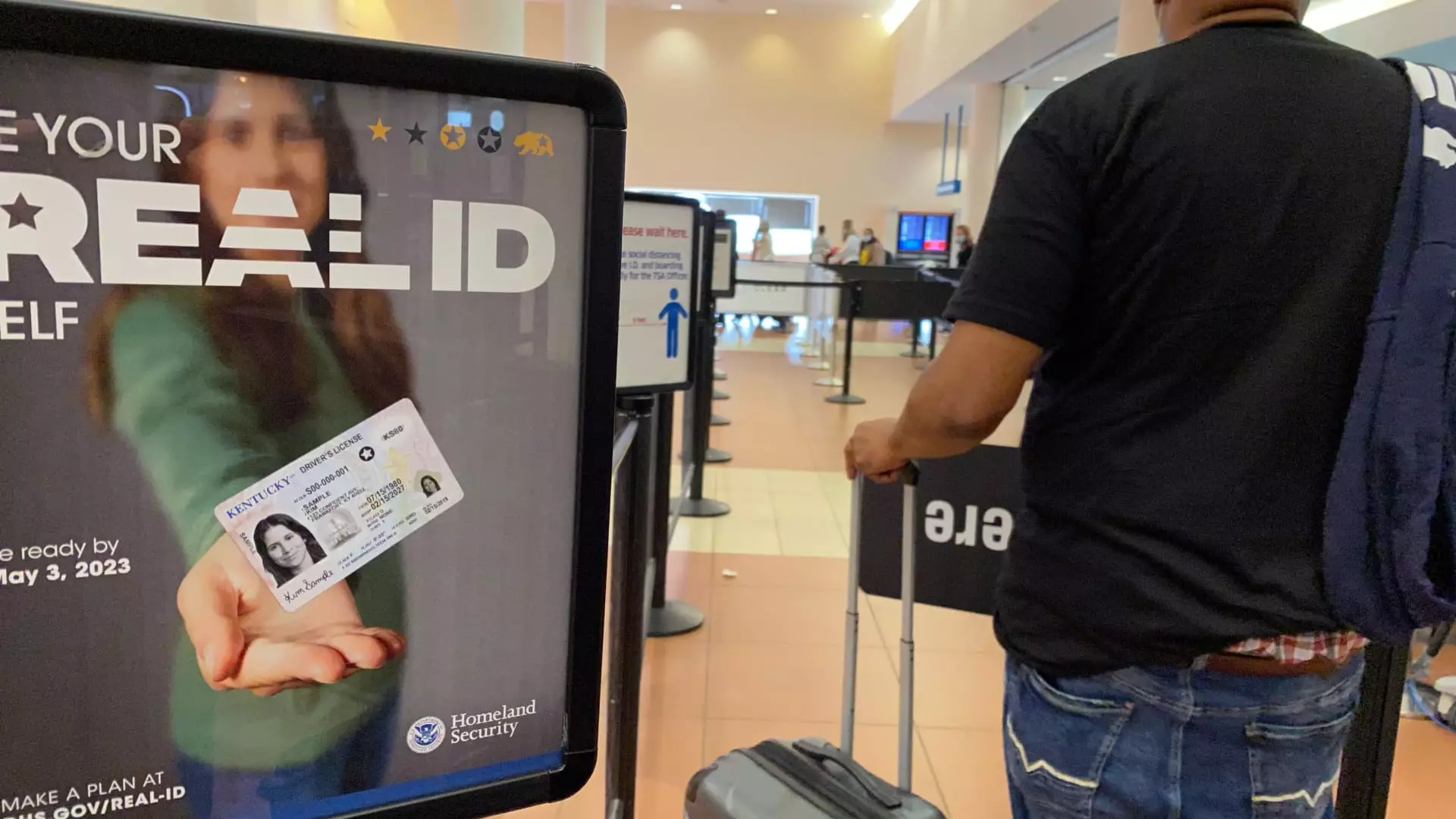As the countdown officially begins for the implementation of the Real ID requirements, travelers must take this situation seriously. Starting May 7, 2024, a new layer of bureaucracy will enter into effect at U.S. airports, dramatically transforming how we navigate the airport experience. It isn’t just another government mandate; it’s a concrete measure designed to enhance security in a world that is frequently shaken by threats. In a society where our safety hangs in the balance, these measures may seem necessary, but they also signal an urgent need for public responsiveness. If you haven’t updated your ID yet, now is the time.
Compliance: A Tug-of-War between Convenience and Security
The Transportation Security Administration (TSA) claims that 81% of travelers have already embraced the Real ID initiative. But let’s pause right there. What does that imply for the remaining 19%? It seems we are poised at a precipice where our eagerness to fly smoothly is undermined by the hesitance of those who either neglect or misunderstand the urgency of updated identification. Airport security should not become an obstacle course for those lacking proper identification; yet, as deadlines approach, we risk further complicating the travel experience for everyone involved.
Amidst widespread confusion and urgency, airport officials have resorted to handing out flyers and posting QR codes, forcing citizens into a dash against the clock. Why has this deadline been repeatedly delayed, and what sense of accountability does that engender within our governance? In a way, it feels like we have been treading water, informed but unprepared. Our government must take better strides to balance security and accessibility. The current approach reeks of inefficiency and demonstrates a complete disconnect from the everyday realities travelers face.
The Real ID Act: Inception and Evolution
Historically, the Real ID Act emerged as a direct response to the September 11 terrorist attacks, aiming to enforce stricter standards for state-issued IDs. Yet, what began as a necessary step toward safeguarding our nation has morphed into a bureaucratic quagmire. The saga began in 2005, and what was, at the time, an act of legislative imperative has evolved into a source of frustration for both travelers and state officials alike.
It’s difficult not to view this entire exercise as a manifestation of governmental oversight gone awry. The repeated delays signify an underlying failure in implementation and communication. Here we are, staring down the barrel of yet another deadline that has sunk into the quicksand of procrastination. Is it hardly surprising, then, that travelers find themselves scrambling to secure compliant identification when so much time has been squandered?
The Digital Divide: Are We All Set Up for Success?
In an age where digital transformation should make things easier, the Real ID requirements stick out like a sore thumb. While it’s commendable that airlines and transportation officials are actively communicating via emails and banners about the impending deadline, how accessible is this information? The truth is, a segment of the population suffers from digital illiteracy or lacks reliable internet access. What happens to those individuals? Are we relegating them to a second-class status in the realm of air travel?
Moreover, must we endure elongated wait times at the airport due to discrepancies in identification? The TSA’s recommendation for travelers to arrive three hours early if they lack a Real ID or alternative identification is not only impractical but also a damning indictment of our current system’s efficiency. Delays are bad enough without the added chaos of unprepared travelers fumbling through their IDs.
The Importance of Unity in Compliance
Ultimately, the onus is on all of us to embrace this change. Clear communication from government officials is not merely a courtesy—it’s a necessity. As individuals, we must recognize our role in championing safety while demanding a system that respects our time and our needs. The Real ID initiative isn’t simply a bureaucratic hurdle; it should be viewed as an essential component of our collective security. But it’s imperative that the government adjusts its strategies to support rather than hinder the public.
With the hard deadline approaching, let’s aim to turn this impending change into an opportunity for progress rather than fear. The Real ID requirements may feel like an unwelcome burden, but perhaps they can lead us toward a safer air travel experience if we engage proactively. The travel experience shouldn’t be a source of anxiety. Instead, let’s work toward an efficient system where compliance leads to seamless travel, enhancing safety without adding layers of frustration for the traveler.

